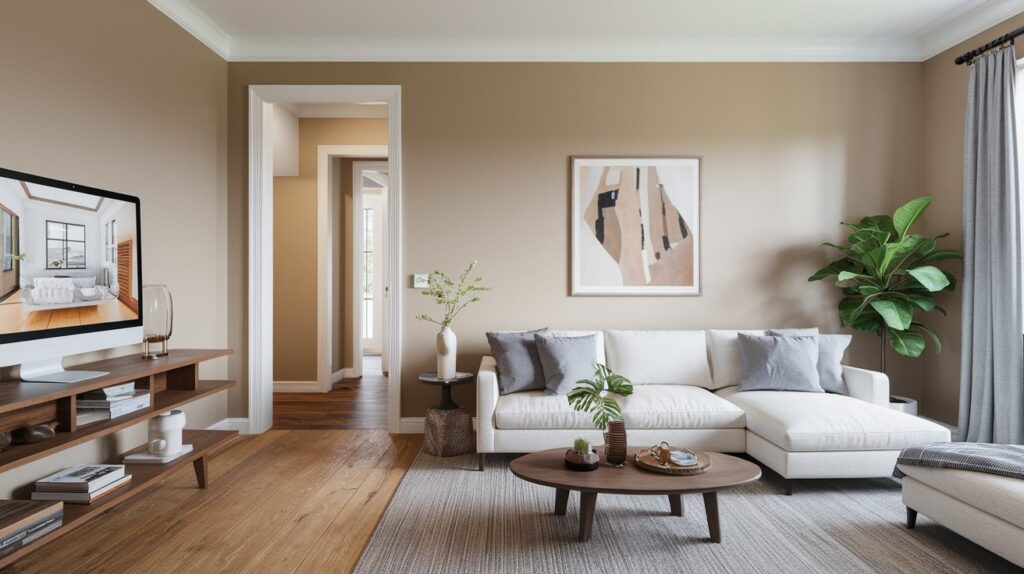The way people explore and plan their future homes has undergone a major shift. Traditional floor plans and static images are losing ground to immersive 3D tours that bring properties to life. Homebuyers want clarity and confidence before making decisions, and modern tools are delivering just that. These interactive experiences are now becoming the expected standard in property design and real estate.
Within this transformation, Interior Design Software plays a crucial role. It bridges creativity with technology, allowing spaces to be presented in ways that are both realistic and visually appealing. For buyers and homeowners, this means moving beyond guesswork to experiencing homes before they exist.
Why 3D Tours Have Taken Center Stage
Buyers have become more selective about how they view properties. Flat images often fail to convey scale, flow, and atmosphere. A 3D tour, however, captures the feeling of moving through a space. It enables a clear sense of dimensions, proportions, and how rooms connect.
Real estate agents are also finding these tours essential. With many clients browsing properties online, the ability to provide an interactive walk-through helps listings stand out. It saves time for both sellers and buyers by filtering serious interest from casual browsing.
The Technology That Brings Designs to Life
Behind every 3D tour is a combination of advanced tools and rendering engines. These solutions take design data and transform it into a virtual space that feels tangible. High-quality textures, lighting simulations, and precise scaling all contribute to the sense of realism.
The software used today allows furniture placement, color changes, and even daylight effects to be tested in seconds. This flexibility makes it easier to showcase variations of a home without costly physical staging. It also ensures buyers can personalize their viewing experience.
Benefits That Go Beyond Visualization
3D tours are doing more than creating impressive visuals. They are influencing the way people make decisions about homes.
Key benefits include:
- Clarity in decision-making: Buyers can see the exact layout before construction or renovation begins.
- Greater engagement: Interactive tours keep viewers interested longer compared to static images.
- Reduced costs: Virtual staging replaces the need for physical furniture and e in showrooms.
- Fewer misunderstandings: Clients can visualize details that might be lost in traditional plans.
By offering such advantages, these tours are reshaping expectations across the industry.
Real Estate and Design Firms Embracing the Shift
Adoption has been swift among forward-thinking real estate firms. Properties listed with 3D tours attract more clicks and inquiries. Buyers often shortlist these homes first, making them highly competitive in the market.
Design firms also see the value. Clients involved in renovations or custom builds want reassurance before committing to investments. By offering a realistic preview, firms reduce hesitation and create stronger trust. This approach boosts client satisfaction and also streamlines project approvals.
How 3D Tours Enhance the Buying Journey
The buying process is no longer confined to open houses. Today, clients begin their search online and often form strong impressions before stepping inside a property. A 3D tour enhances this early stage, giving buyers confidence to take the next step.
It also helps during negotiations. When buyers have already seen a detailed virtual walkthrough, they approach decisions with fewer uncertainties. This shortens the path from interest to agreement.
The move toward 3D home tours represents a shift in how properties are presented and chosen. Interior Design Software has been central to this change, making it possible to create realistic, interactive spaces that capture attention and build trust. As these tours become more advanced, they will continue to influence how people experience homes before they are built or purchased. The new normal has arrived, and it is redefining the way homes are explored and imagined.

